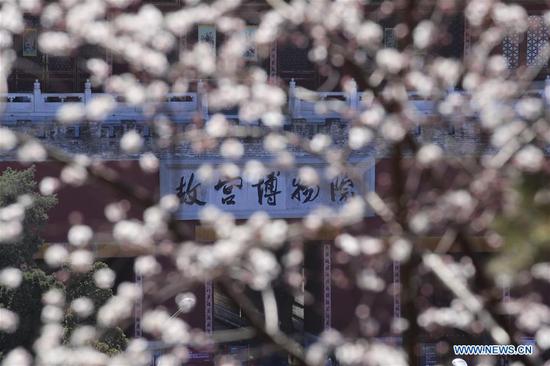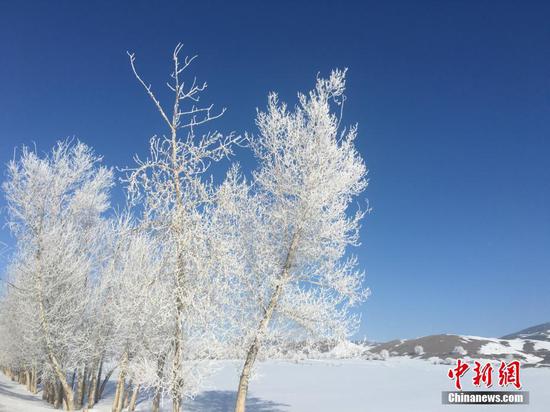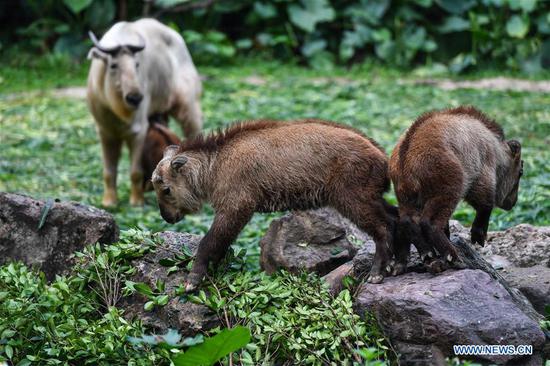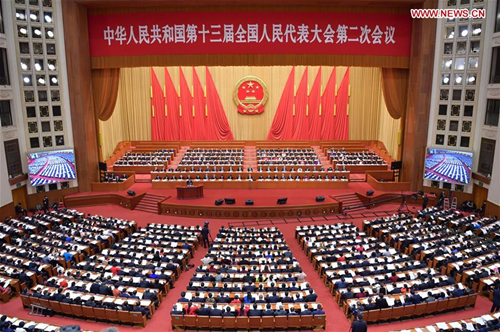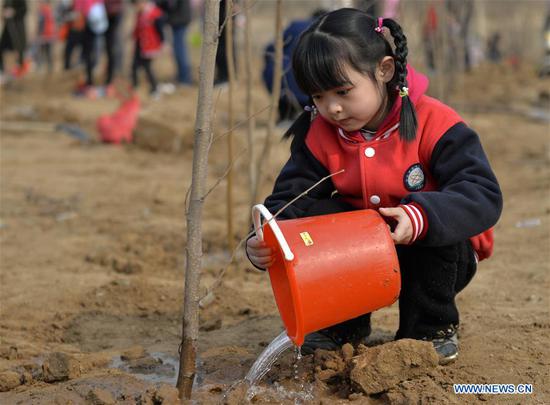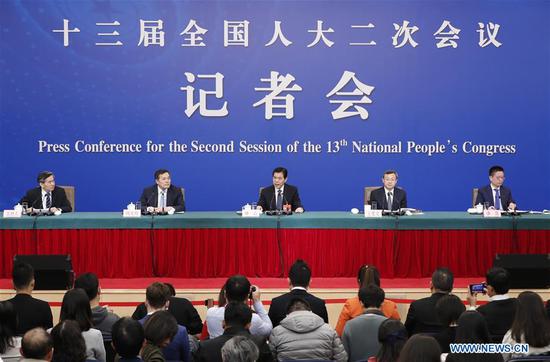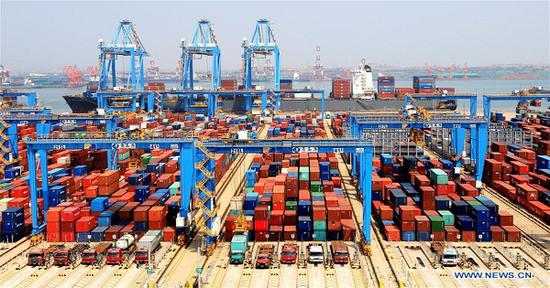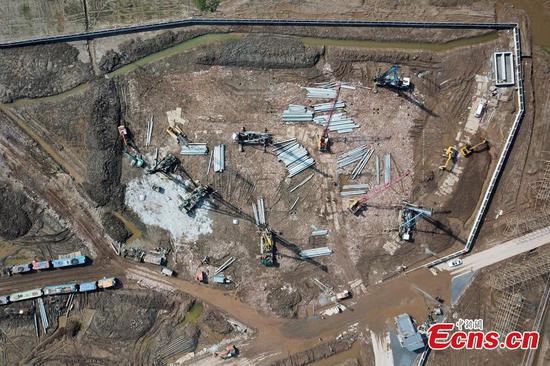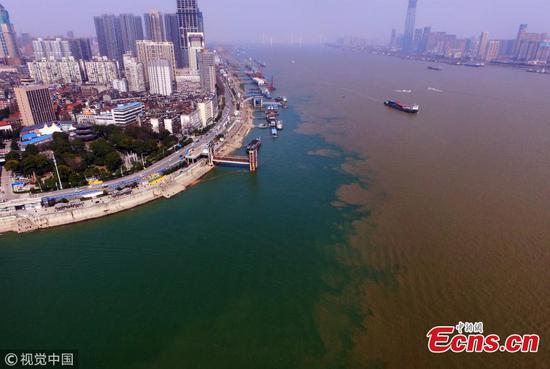
(LI MIN/CHINA DAILY)
The China-proposed Belt and Road Initiative will likely be the most significant development in global finance in the coming decade, as it promotes investment of trillions of dollars in infrastructure across Asia, Europe and Africa. This region includes low-income countries, as well as fast-growing economies, including Indonesia, India, Vietnam and Pakistan.
The fundamental question is whether this infrastructure will be sustainable? As the Global Commission on Economy and Climate recently noted, infrastructure underpins core economic activity and is a foundation for achieving inclusive and sustainable growth. It is indispensable for reducing poverty, as it enhances access to basic services, healthcare, education and work opportunities, and can boost human capital and quality of life.
It also has a profound impact on addressing climate change, with the existing stock and use of infrastructure associated with more than 60 percent of global greenhouse gas emissions. The direction of Belt and Road investment is therefore exceedingly important, as choices made today will lock in either a climate-smart, inclusive-growth pathway or a high-carbon, inefficient and unsustainable pathway.
Progress toward sustainability
China recognized the importance of an inclusive and sustainable BRI at the first Belt and Road Forum for International Cooperation in May 2017 with President Xi Jinping stating: "We should pursue the new vision of green development and a way of life and work that is green, low-carbon, circular and sustainable."
However, the flow of Chinese investments so far has not always matched this ideal, because countries involved in the Belt and Road Initiative often have requested financial and technical support for conventional infrastructure projects.
My colleagues at the World Resources Institute looked at Chinese energy and transportation investments in BRI countries between 2014 to 2017 and found those sectors did not show strong alignment with the low-carbon priorities included in these governments' national climate plans. Indeed, most of these investments were used to finance fossil-fuel related projects in BRI countries.
Opportunity to put vision into action
With the second Belt and Road Forum for International Cooperation approaching, China and its BRI partners have an opportunity to put the vision of a green Belt and Road into concrete action.
How can China accelerate a shift in this direction?
First, the international community, including China, can help BRI countries identify investments aligned with their own climate and sustainable development goals. The national climate plans of many BRI countries include profitable and sizable low-carbon investment opportunities. A WRI research found at least $470 billion is needed to implement renewable energy commitments in 31 BRI countries that we analyzed.
The International Finance Corporation estimates $2.4 trillion in low-carbon opportunities in the transportation sector of 17 BRI countries. Many countries are expected to update and enhance their national climate plans ahead of a 2020 deadline, which were agreed by the international community under the Paris Agreement. China and others could work with BRI countries to help build the capacity necessary to translate their climate plans into investment opportunities for banks and other global investors.
Greater focus on green development expected
Second, many countries are looking to see if the Chinese government will create stronger incentives for financial institutions and enterprises to support a green BRI. The government can do so by improving the policy and regulatory environment. For example, the draft outward investment law-currently with the Ministry of Commerce-could send policy signals that encourage low-carbon crossborder investments.
And the forthcoming launch of the International Coalition for Green Development on the Belt and Road could raise the visibility and importance of green infrastructure and facilitate deeper cooperation between BRI partners.
Moreover, banks and other financial institutions can put in place internal guidelines that encourage deployment of capital to more sustainable projects. The economic rationale for this shift is increasingly clear, as the benefits of more inclusive and sustainable infrastructure often outweigh the costs, especially when incorporating broader health and social impacts.
High-quality data lead to effective decisions
Third, greater transparency, coordination, and reporting of BRI investment flows would improve the ability to track and understand the direction of these investments. It will be difficult to facilitate a shift to more sustainable infrastructure if data on investment flows are not available. Comprehensive, high-quality data can lead to more informed and effective policy and investment decisions.
The Belt and Road Initiative has the potential to advance both economic growth and environmental sustainability-or neither. In other words, the initiative's ability to stimulate broad-based growth in the long run hinges upon its ability to protect the environment. China has made significant progress to embrace a more "ecological" direction at home, including being the world's leader in renewable energy investment, actively addressing domestic air pollution, and developing a massive fleet of electric vehicles.
By greening the Belt and Road Initiative, China can set a strong example for international investment as well.
The author is executive vice-president and managing director, World Resources Institute. The views don't necessarily represent those of China Daily.













